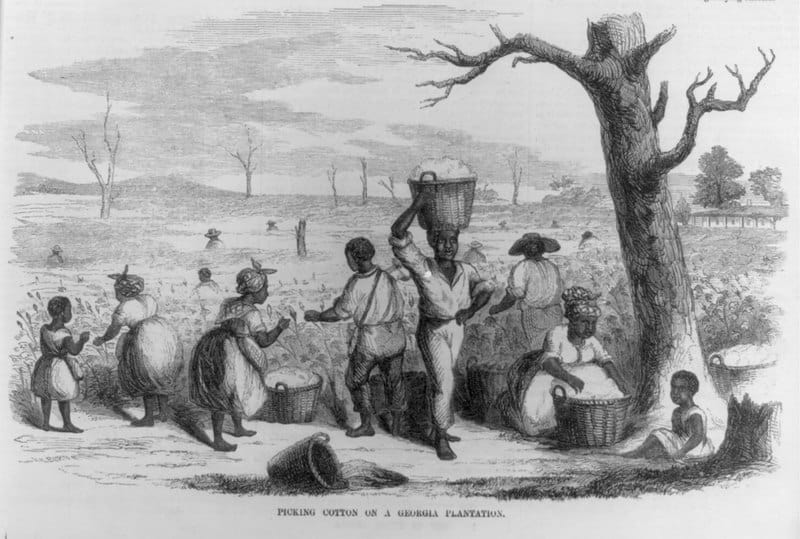
ADVERTISEMENT - CONTINUE READING BELOW
20. The legacy of the year with no summer
Gradually, the food riots and rampant hunger in both the United States and Europe subsided, though neither 1817 nor 1818 produced what would in a normal year be considered bumper crops in many areas. The American Midwest blossomed as the nation’s breadbasket, while New England shifted over to a manufacturing economy. Cultural shifts occurred across Europe as well. New strains of disease, caused by viruses which mutated to adapt to the conditions of 1817-18, led to new studies of disease and its causes. Trade between British Canada and the United States changed, with the Americans importing logwood and pulpwood from the Canadian forests, and shipping fruit, grain, and manufactured goods to its neighbors to the north. British mills became dependent on American cotton, rather than that farms in disease-plagued Africa.
In China, farmers no longer able to grow rice or other grains profitably began to develop a new crop, which though inedible could be sold profitably, competing with that smuggled in by British traders. It was opium. In Virginia, Jefferson’s failed crops, which did not recover for several years, ensured that he would die hopelessly in debt. His record of the weather conditions for 1816, as well as for the years following, are part of the great legacy which he left the world, though an almost entirely forgotten one other than among climatologists and meteorologists. Most of the rest of the world has forgotten the year without a summer, content to assign it to the category of a meaningless discussion of the weather, which as everyone knows, can be talked about though nobody can do anything about it.
Where do we find this stuff? Here are our sources:
“Jefferson’s Shadow: The Story of His Science”. Keith Thomson, 2012
“Blast From the Past”. Robert Evans, Smithsonian Magazine. July, 2002
“1816: The Year Without a Summer”. Entry, The New England Historical Society. Online
“The Year Without a Summer”. Derek Maroot, Vermont’s Northland Journal. Online
“Tambora” The Eruption that Changed the World”. Gillen Wood. 2014
“London Times”. July, 1816, online at London Times Newspaper Archives
“Sir Robert Peel: The Life and Legacy”. Richard A. Gaunt. 2010
“Robert Peel: A Biography”. Douglas Hurd. 2007
“Year Without a Summer”. Chris Townsend, The Paris Review. October 25, 2016

